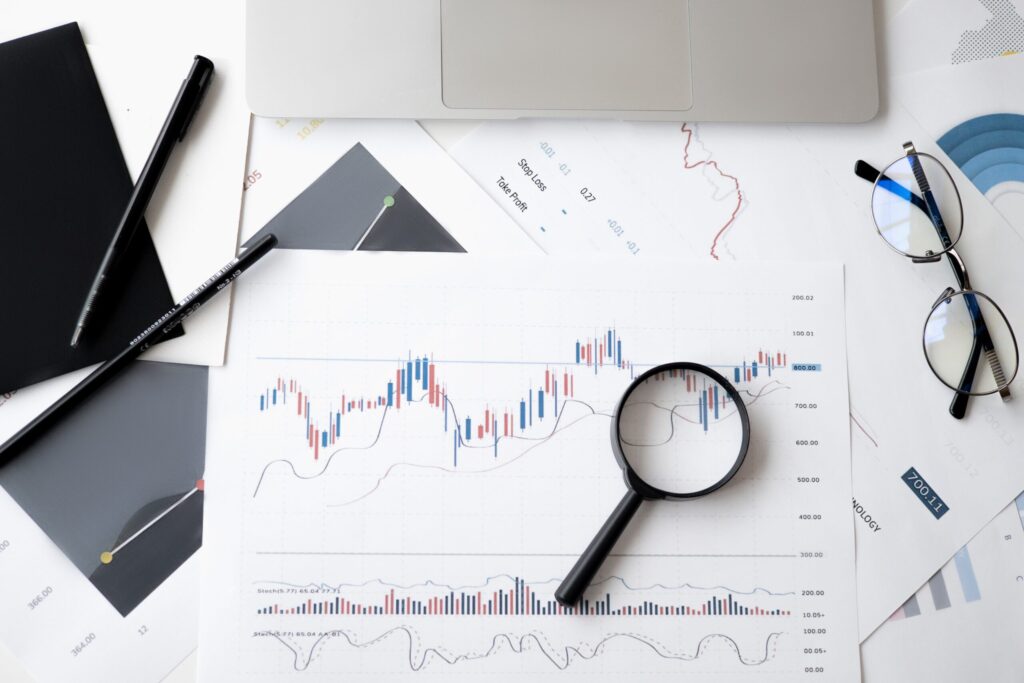It is 2022 and the world has borrowed more than it ever did, $226 trillion in total to be exact. Countries across the world have stocked up a huge pile of debts in hopes to bring their economies back on track. These debts mimic a ticking time bomb, only waiting to explode and jeopardize the world economy instead of working to protect it from collapsing.
We are staring at a giant pile of debt riding our backs. The last time the world borrowed this much was back during the second world war. The list of borrowers is endless, including people and institutions ranging from Governments, People, Households, Large and Small Corporations, and practically everyone who lives and breathes on our planet. But what has caused the alarm bells to go ringing is the exponential rise in the amount of public debt, the money that the Governments borrow, popularly known as the sovereign debt. The total debt is now equal to 99 percent of the world’s total GDP.
What led to these alarming number of borrowings is not just the covid 19 virus, that continues to plague the world, causing wildfire-like chaos, but the fallout of the pandemic. Believe it or not, the world is still in the middle of a pandemic and the economic damage is no less than the loss of human lives. The impacts have created dents of sizes larger than what most countries can handle. To support their citizens, countries worldwide chose to spend big to keep the economy running. The expenditure on medical care, health infrastructure, vaccines, and food shot up. Governments across the world were left with no other option but to embark on the ‘debt’ route to fuel these necessary expenses.
Of all the countries, the United States has accumulated the largest government debt, amounting to almost $20 trillion, which is more than 100% of its GDP. Japan on the other hand has gone way and beyond with its borrowing spree, owing $9 trillion, which is 230 percent of its GDP. The Covid 19 pandemic triggered the global debt to surge by $28 trillion and China ended up taking 90% of this borrowing increasing its share in the global debt to a little over 26 percent.
Joining the dots is not difficult, unprecedented debts have triggered global financial crises in the past and the 2007 financial crisis is a vital one to draw the inference from when $2 trillion were wiped off the markets globally. With time, it has become more foreseeable and may be preventable when it comes to dealing with the next financial crisis.
It is evident that without effective and concrete corrective measures, borrowing shall continue to be the preferred method during times of panic. The borrowing going out of control may assist in keeping the economies afloat for a while, but it is high time that the Governments start to consider a Plan’B’ to create an economic turnaround, after-all how much more can the borrowing be stretched beyond 99 percent of the global GDP because the shocks of the pandemic are here to stay.


